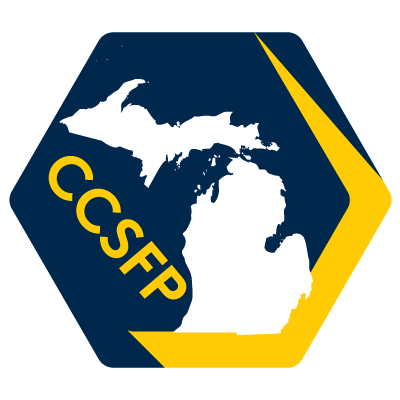Monique Cruz

Pronouns: She/Her/Hers
UROP Fellowship: CCSFP, Henry Ford College
Research Mentor(s): Tristan Maerz, PhD
Research Mentor Institution/Department: Michigan Medicine, Department of Orthopaedic Surgery
Presentation Date: Wednesday, August 4th
Session: Session 3 (5pm-6:20pm EDT)
Breakout Room: Room 3
Presenter: 5
Abstract
Post-traumatic osteoarthritis (PTOA) is a serious disease that results from joint injury. It is characterized by cartilage deterioration, synovial inflammation, and the formation of abnormal bone growths. The Wnt signaling pathway is an important biological process by which cells respond to external stimuli. Overactive Wnt signaling within the joint is known to take part in the progression of PTOA. R-spondin 2 is a protein secreted by cells into the extracellular matrix that functions as an agonist for the Wnt signaling pathway. While R-spondin 2 is known to activate Wnt signaling, little is known about its role in PTOA. Here, we aimed to better understand the contribution of R-spondin 2 in the overactivation of Wnt signaling and how this process contributes to PTOA pathology. We hypothesized that, given the pathological role of unchecked Wnt signaling in OA, adding additional R-spondin 2 would exacerbate joint degeneration in a mouse model of PTOA. To study the role of R spondin 2 in joint injury, we employed a well established, non invasive mouse model of PTOA, whereby the anterior cruciate ligament (ACL) is ruptured. To test the effects of R-spondin 2, we injected injured knees with recombinant R-spondin 2 protein or a vehicle control (PBS). One key feature of overactive Wnt signaling is the formation of osteophytes. We used a multi-modality imaging software called Dragonfly to analyze the osteophyte volume and density. In addition to this, we used matrix metalloproteinase (MMP) imaging that assesses the MMP activity in the knees injected with R-spondin 2 or PBS. MMPs are known to be hyperactive following joint injury and play a role in pathological remodelling of the joint space. Using MMPsense imaging, we found that MMP activity has increased in injured knees compared to contralateral uninjured knees. However, injecting R-spondin 2 protein into an injured joint did not further exacerbate MMP activity compared to PBS. Further studies must be conducted in order to conclude the effects of R-spondin 2 in PTOA. These studies allow us to develop more refined therapeutic strategies that target R-spondin 2 and Wnt signaling in PTOA.
Authors: Monique Cruz, Alexander Knights, PhD
Research Method: Laboratory Research







